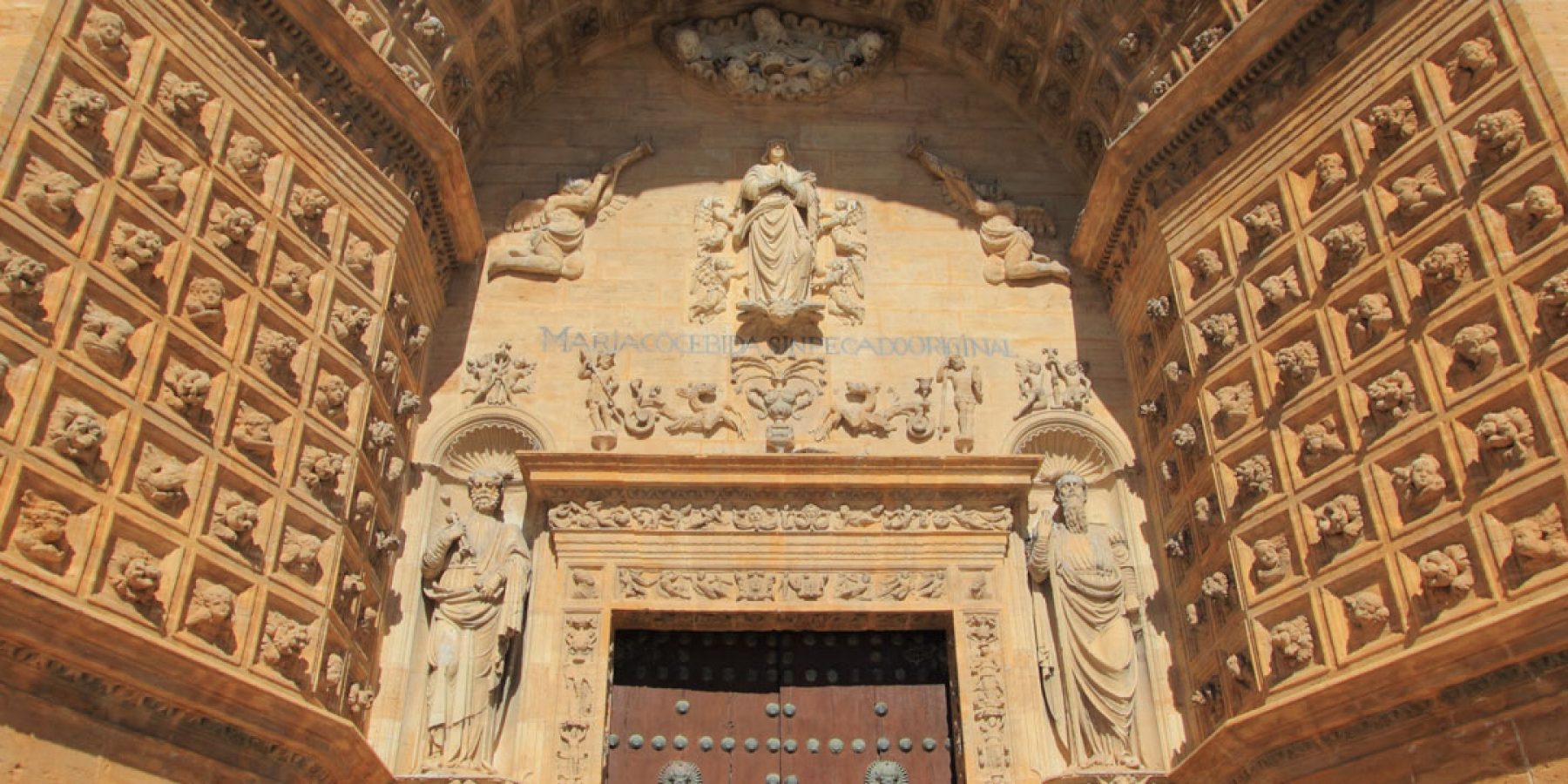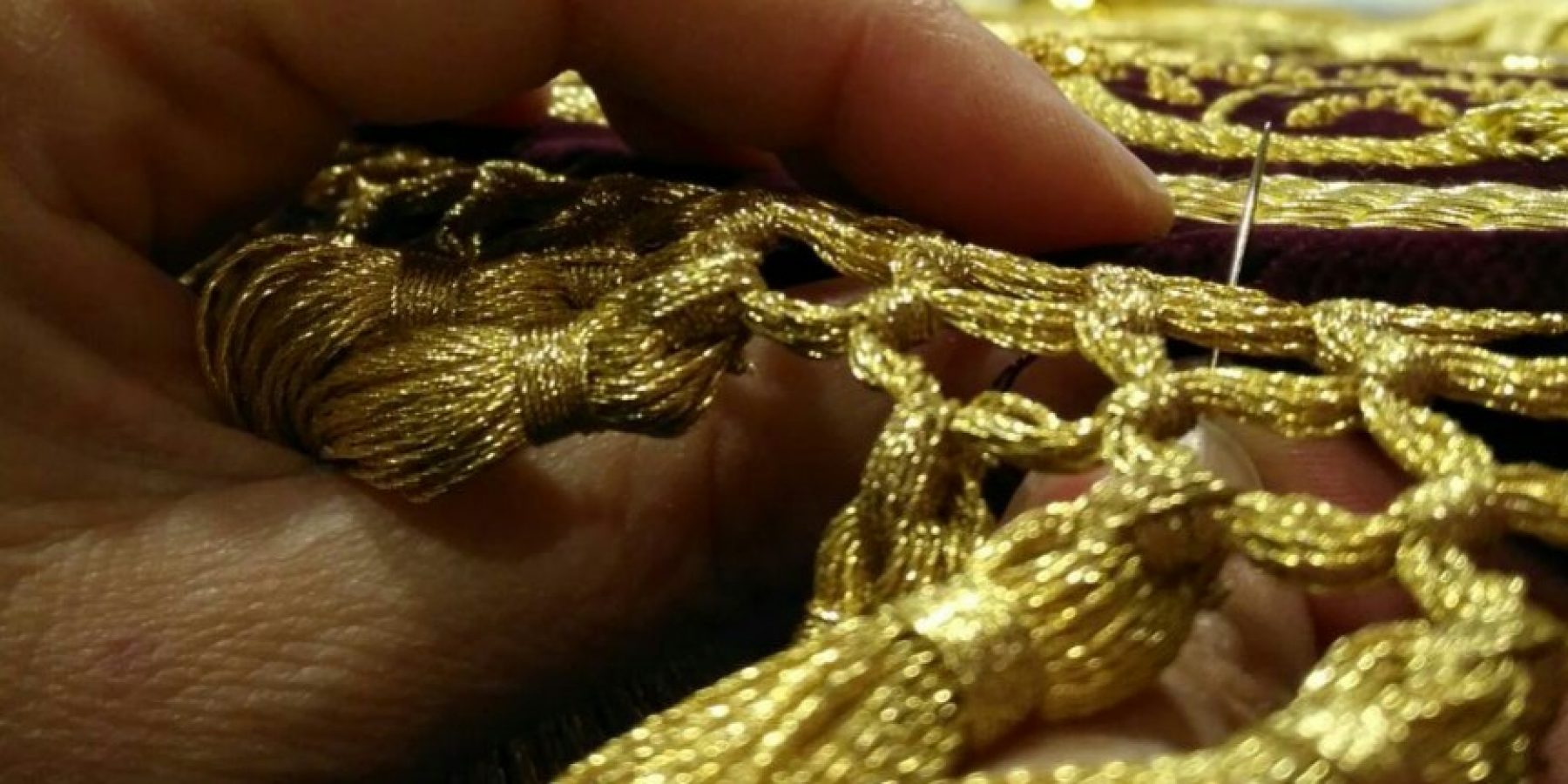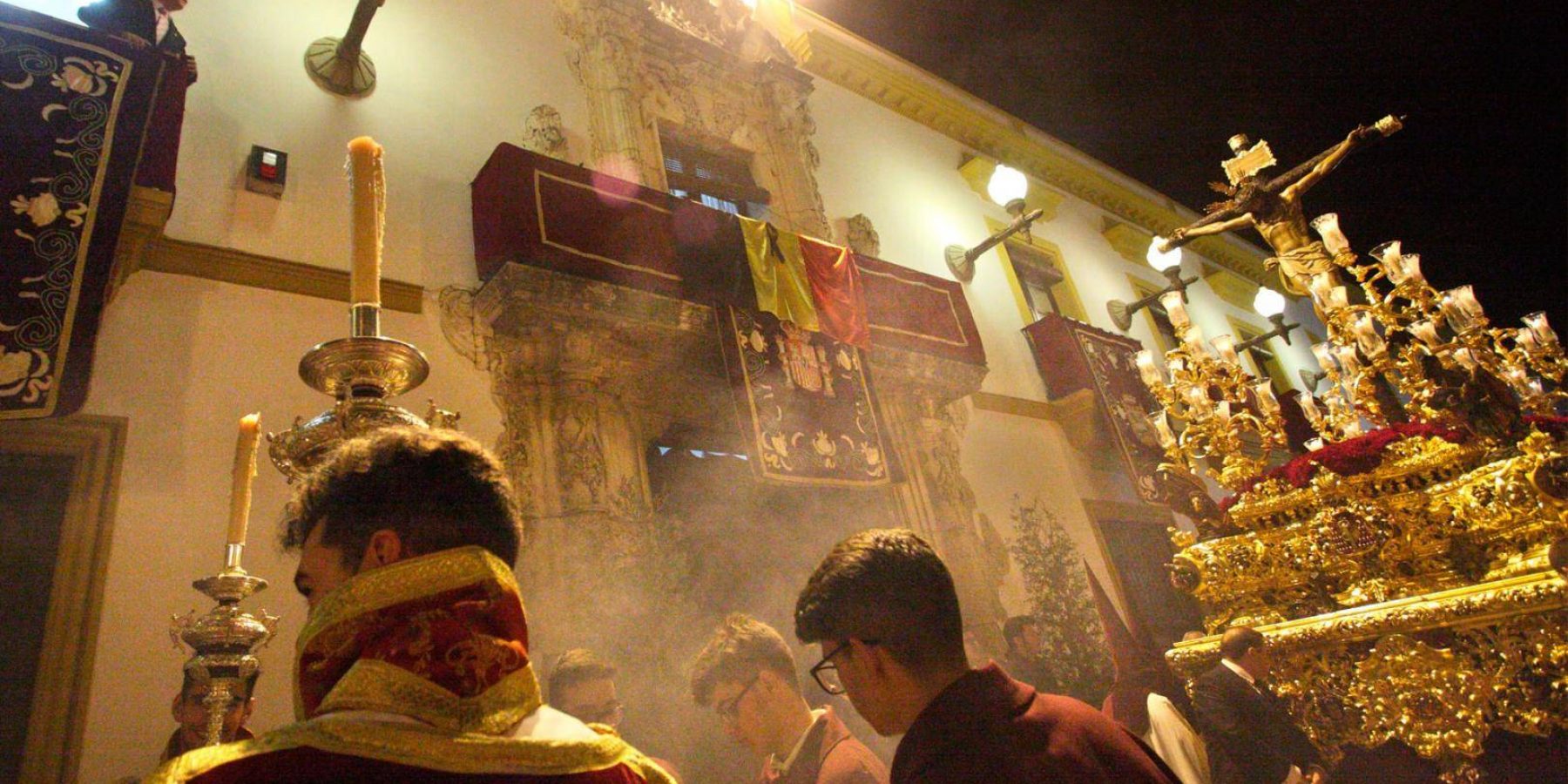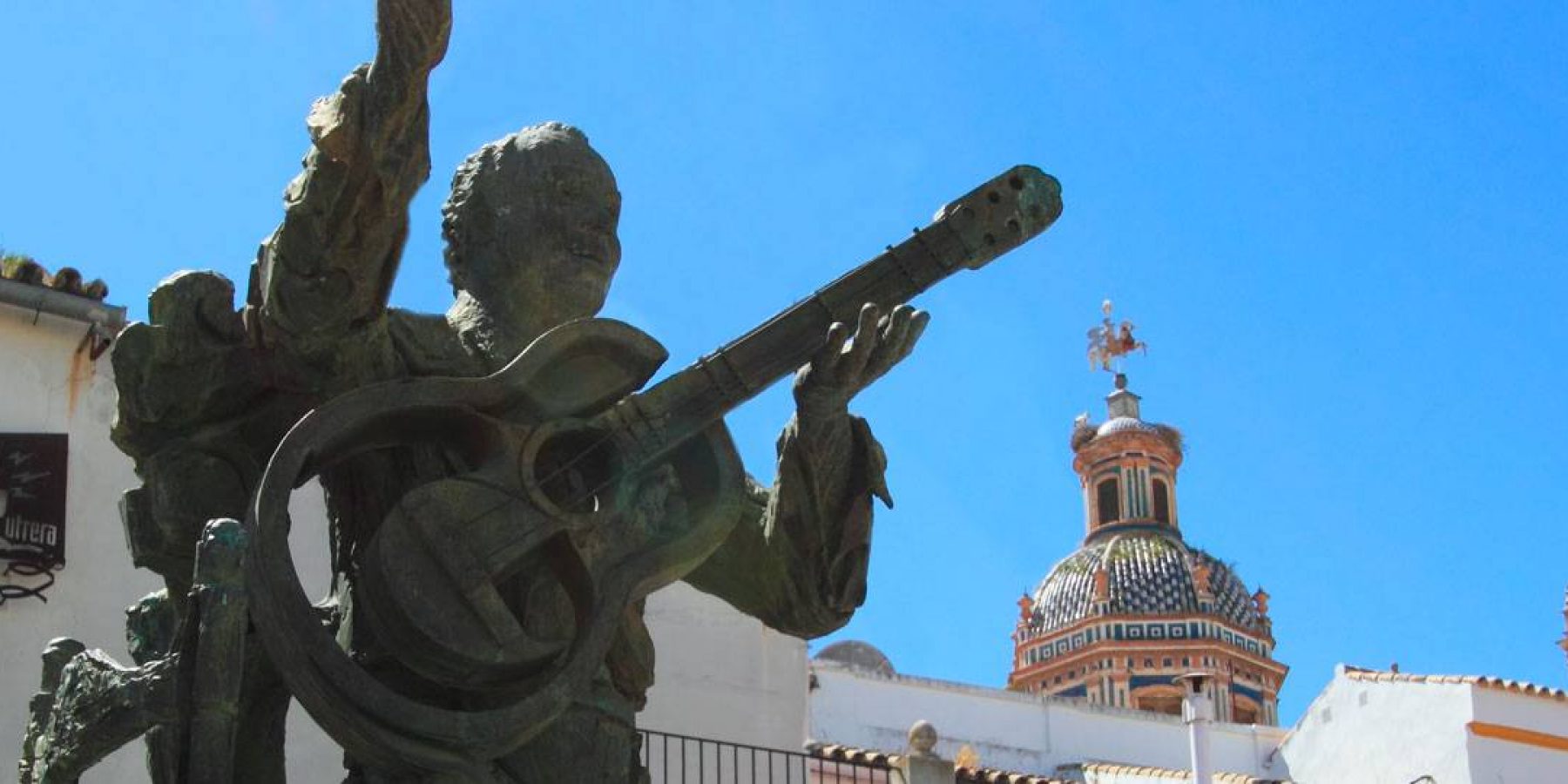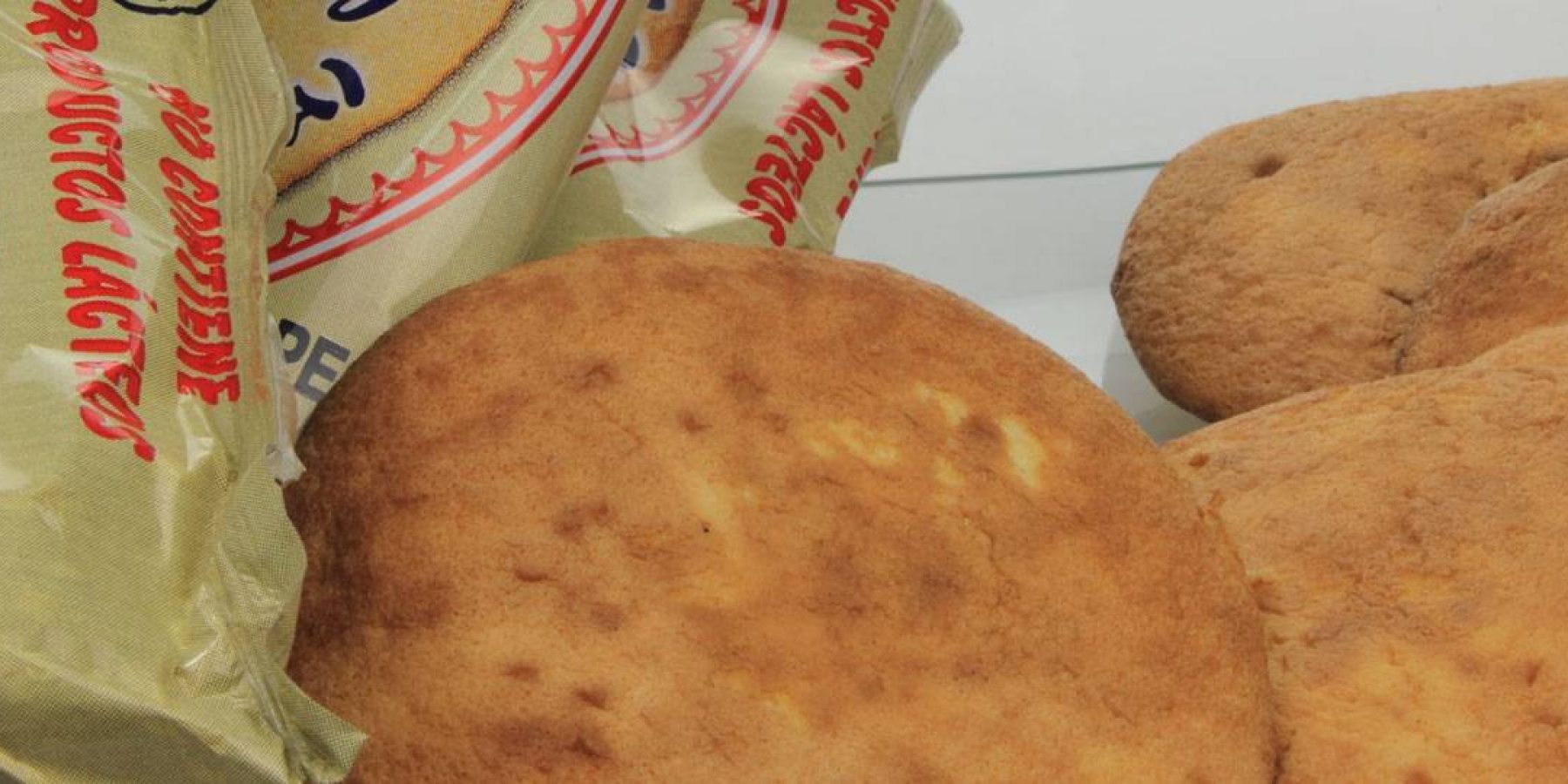The first records on Utrera with any historical accuracy date back to the Christian reconquest. In 1253, Alfonso X shared out the conquered lands in the province of Seville. The settlers in the area, including a considerable Jewish community, constructed a series of public works and created the former village, which has gradually evolved into modern-day Utrera.
During the 14th, 15th and 16th centuries, the village adopted an important role and experienced great prosperity, as indicated through numerous public works undertaken during this period.
At the turn of the 19th century, Utrera underwent a new industrial development, and was awarded the title of town on 29th March 1877, during Alfonso XII’s reign.
There are currently 52,558 inhabitants in the town.






